Which of the Following Statements Is True?
In school exams, quizzes, and logic puzzles, one question type often confuses many people— “Which of the following statements is true?” This kind of question is designed to test your ability to analyze information, think critically, and understand facts. Let’s explore what this question means, how to solve it, and why it is so important in learning and reasoning.
Also Read : Meta Stock
What Does “Which of the Following Statements Is True?” Mean?
When a question says, “Which of the following statements is true?” it means you are given several statements or options, and only one (or sometimes more than one) of them correctly matches the truth.
For example:
Question: Which of the following statements is true?
- The sun rises in the west.
- The Earth orbits around the sun.
- The moon produces its own light.
Correct Answer: Option 2—The Earth orbits around the sun.
This type of question checks whether you can identify the fact that aligns with reality.
Importance of True Statement Questions
These questions appear in tests, interviews, and logical reasoning exercises because they build important skills:
- Critical thinking: You learn to question what you read or hear.
- Fact-checking: You practice confirming whether a statement is accurate.
- Comprehension: You improve your ability to understand ideas deeply.
- Decision-making: You learn to choose the most correct option out of many.
In short, these questions teach you how to think smartly and avoid being easily misled.
How to Identify the True Statement
Sometimes, all the statements look correct—but only one fits perfectly. Here are a few simple steps to find the true one:
1. Read All Options Carefully
Never choose the first answer that looks correct. Some options may look true but include trick words like “always,” “never,” or “only.”
2. Understand Each Statement
Think about the meaning of every option. Try to recall what you already know or learned from trusted sources.
3. Eliminate False Statements
Cross out the options that you know are definitely wrong. This helps you narrow down your choices.
4. Use Logic and Facts
Use reasoning, facts, or scientific proof. If the question is about history, science, or grammar, use what you’ve studied.
5. Double-Check Your Choice
Before finalizing, read your answer again to make sure it makes full sense.
Examples from Different Subjects
Let’s look at a few examples from various topics to understand this better.
1. Science Example
Question: Which of the following statements is true?
A. Water boils at 50°C.
B. The Earth is flat.
C. Plants need sunlight to make food.
Answer: C—Plants need sunlight to make food.
2. English Grammar Example
Question: Which of the following statements is true?
A. “Their” shows possession.
B. “They’re” is used for ownership.
C. “There” means belonging.
Answer: A— “Their” shows possession.
3. History Example
Question: Which of the following statements is true?
A. The Great Wall of China was built in one year.
B. Abraham Lincoln was the 16th president of the USA.
C. The Roman Empire existed in the 1900s.
Answer: B—Abraham Lincoln was the 16th President of the USA.
Why These Questions Are Useful in Daily Life
Even outside exams, asking “Which of the following statements is true?” is a great way to develop judgment. In real life, people often hear conflicting opinions—on social media, in the news, or among friends. Learning to find what’s true helps you:
- Avoid believing false information.
- Make better decisions.
- Understand facts more clearly.
- Become more confident when you discuss ideas.
Being able to identify truth in information is a powerful life skill.
Tips for Answering Correctly in Exams
Here are a few smart tips to increase your accuracy when facing these questions:
- Look for keywords that indicate absolutes (“always,” “never,” “”none”)—they are often false.
- Trust general facts that you learned in school or verified sources.
- Don’t guess blindly. Eliminate wrong answers first.
- Stay calm. Logical thinking works best with a clear mind.
- Use common sense. Sometimes, simple reasoning is all you need.
Common Mistakes to Avoid
Many students lose marks because of small errors. Watch out for these:
- Misreading the question.
- Choosing an answer that is partly true but not completely correct.
- Ignoring small words like “not,” which change the entire meaning.
- Overthinking and changing the right answer.
Always read carefully and focus on details.
The Role of True Statements in Learning
True or false questions play a big role in education and mental development. They test memory, understanding, and honesty of knowledge. Teachers use them to see if students can separate fact from fiction.
When you practice these questions regularly, your reasoning improves. You start identifying truth in everything—whether it’s a science topic, a historical event, or even a news article.
Final Thoughts
The question “Which of the following statements is true?” is more than just a test question—it’s a lesson in critical thinking and truth recognition. Whether in exams or real-life situations, being able to choose what’s true makes you smarter, wiser, and more confident.
FAQs
1. What is a true statement?
A true statement is a sentence or fact that correctly describes reality and can be proven by evidence.
2. How can I quickly identify the true statement?
Read all options carefully, remove the false ones, and check facts using logic or what you’ve already learned.
3. Why do exams ask this type of question?
Because it tests your understanding, judgment, and ability to tell truth from error.
4. Can there be more than one true statement?
Yes, sometimes more than one option can be true, especially in reasoning or comprehension questions.
5. How can I improve my accuracy with these questions?
Practice often, stay informed, and learn to analyze information step by step.
